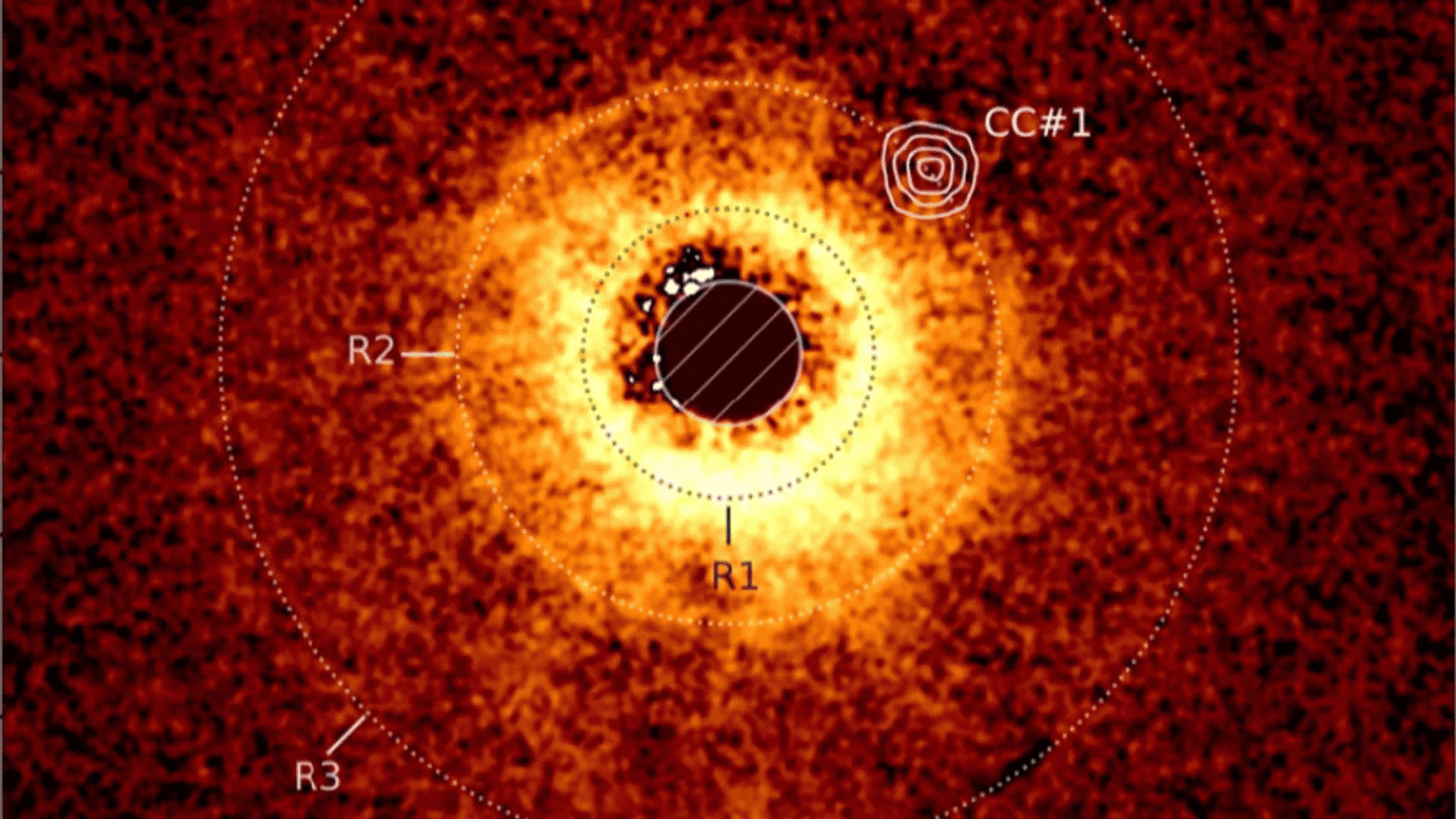NASA’s James Webb Space Telescope has captured evidence of a planet beyond our solar system. This discovery marks a significant achievement for the telescope, as this is the first exoplanet it has found and captured.
New Exoplanet Discovery

According to NASA, the exoplanet has been dubbed TWA 7b, and it orbits a young nearby star, TWA 7. The star is located approximately 110 light years away from Earth.
Dr Anne-Marie Lagrange, an astrophysicist at the Paris Observatory who led the observations, said: “Here we’re looking at a system that is about 6m years old, so we are really witnessing the youth of the planetary system.”
Researchers believe the exoplanet possesses a mass similar to Saturn and is approximately 50 times the distance of Earth from the sun, according to CBS News. Though it’s typically difficult to spot planets of this size outside of the solar system, the team behind this discovery used a technique called high-contrast imaging to find the exoplanet.
Almost all of the approximately 6,000 exoplanets discovered thus far have been identified through indirect methods, such as spotting the planet’s shadow passing across its host star. Imaging exoplanets has been challenging as they appear far less bright than their host star on scientific instruments, according to IFL Science.
Scientists overcame this challenge by taking images of the new exoplanet using a coronagraph, which gives researchers the ability to dim the glare from a star to uncover faint nearby objects.
Though researchers said there’s a small chance the images could show a background galaxy, the evidence “strongly points to the source being a previously undiscovered planet.”
“Our observations reveal a strong candidate for a planet shaping the structure of the TWA 7 debris disk, and its position is exactly where we expected to find a planet of this mass,” Anne-Marie Lagrange said.
The initial analysis from researchers stated that the exoplanet could be a young, cold planet with a mass around 0.3 times that of Jupiter and a temperature of around 120 degrees Fahrenheit.


